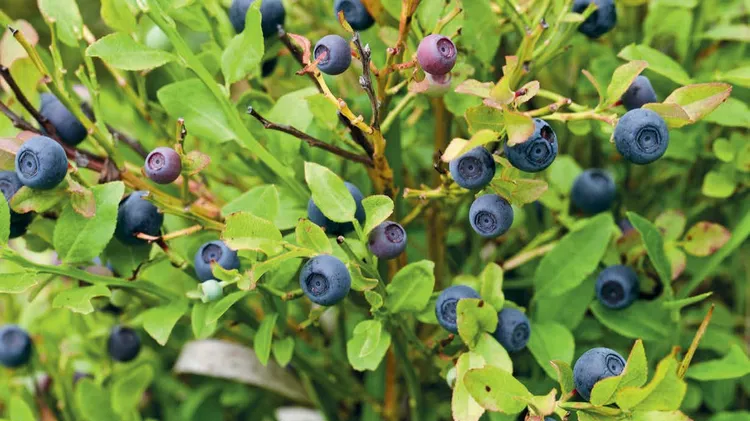The RHS team at RHS Garden Hyde Hall reveals some lupin plants that are
Edible exotics: lupins
2 min read
This article is from...
Read this article and 8000+ more magazines and newspapers on Readly






